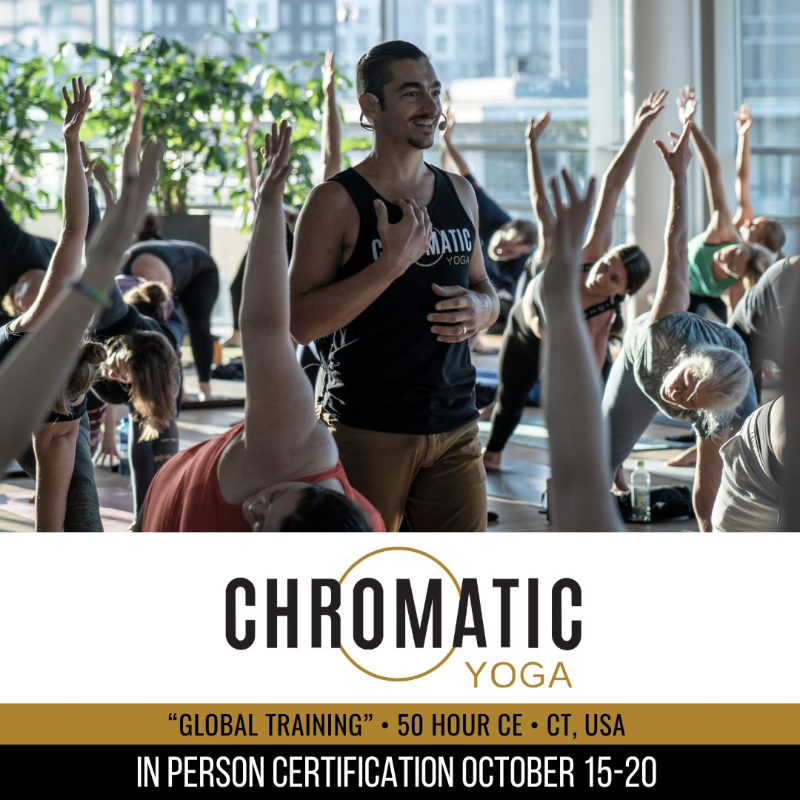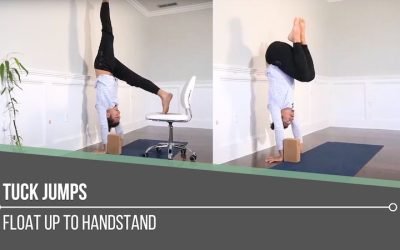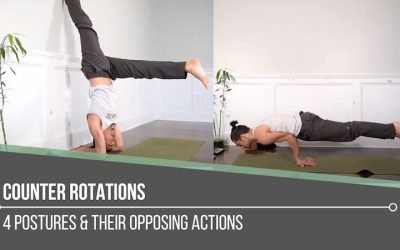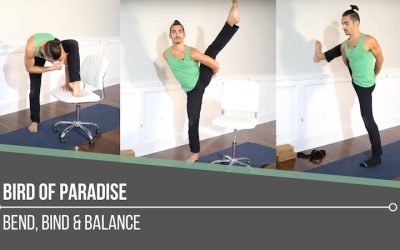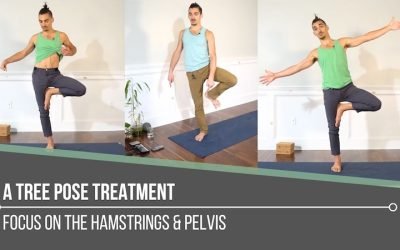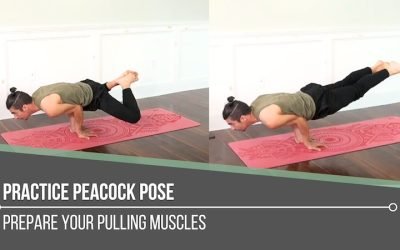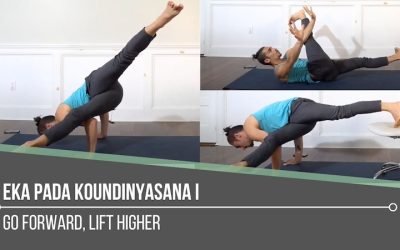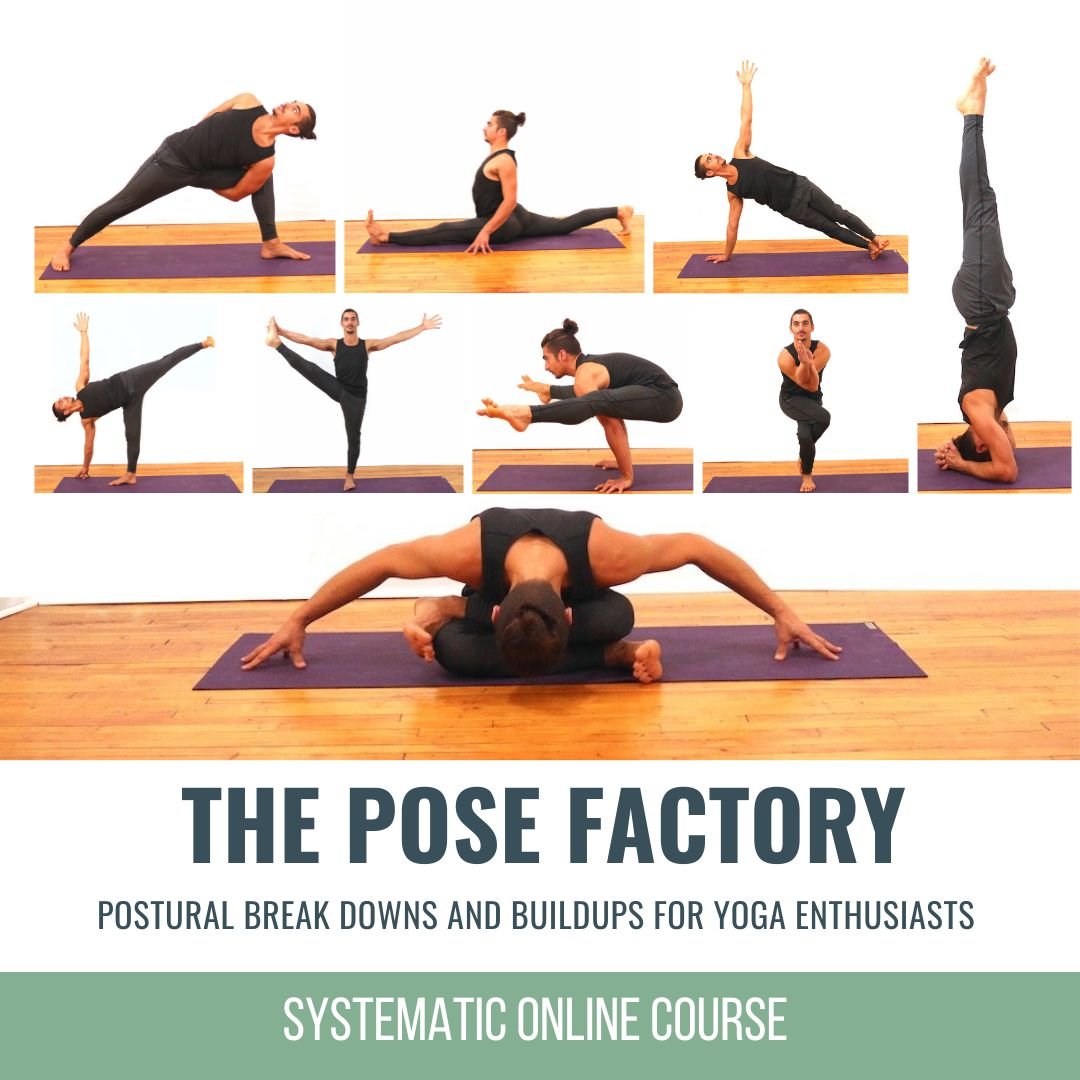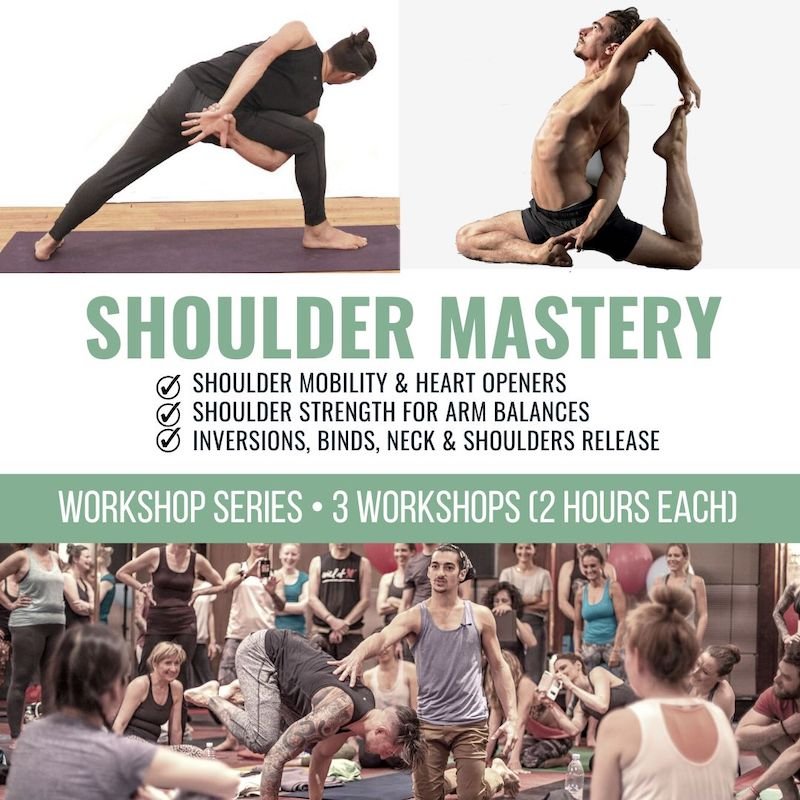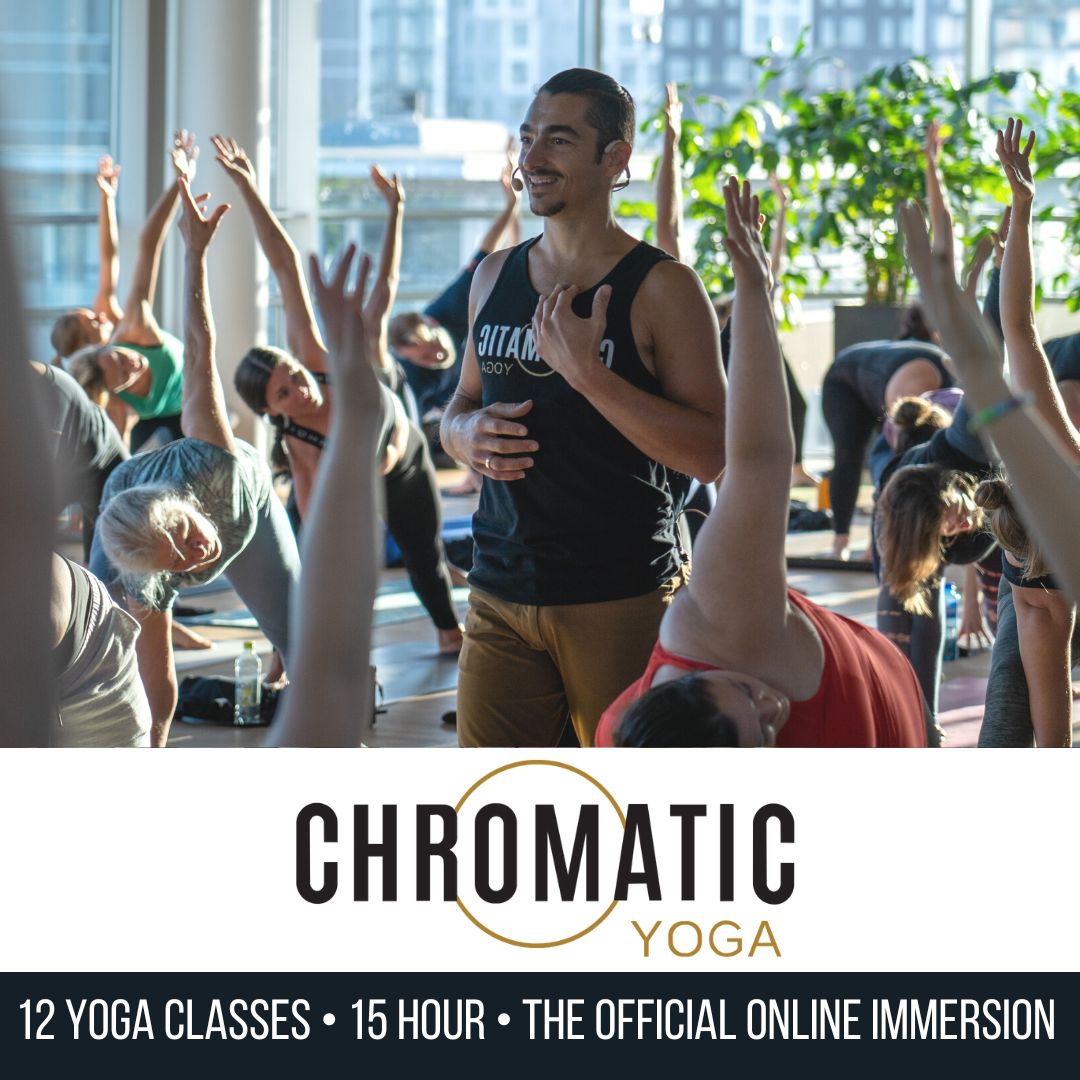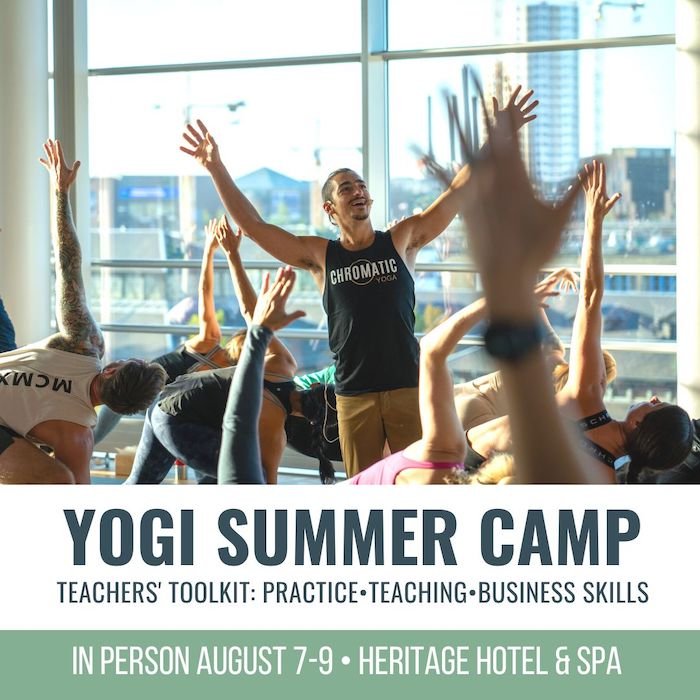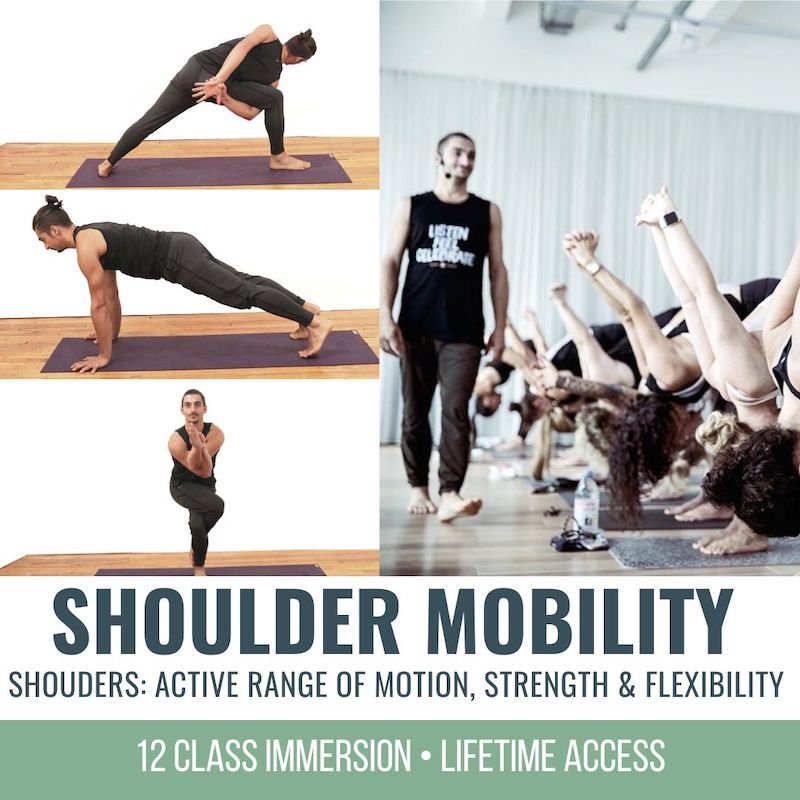Tuck JumpsHandstandTUCK JUMPS Without a doubt, tuck jumps are a confidence booster when it comes to preparing for handstands. When we go through the course of preparation, it’s not the first step, but it’s definitely a way of identifying where strength and...
Counter Rotations
Counter Rotations
Stability
COUNTER ROTATIONS
The isolation of specific articulations in a yoga posture can be tricky to implement when we’re still learning how our bodies move. When we begin to explore counter rotations, this layer might feel confusing or even frustrating. What are counter rotations? Counter rotations happen when our joints move simultaneously in opposite directions, and this is why confusion may take over. Because they assist in increased muscle engagement, counter rotations serve to increase support and stability within a given posture.
In today’s video, Matt explains how to simplify the actions to more easily adopt them into our practice. There are 4 specific postures we’ll examine. The implementation of these actions within these postures can transform our experience and help us balance and move more efficiently.
CHROMATIC GLOBAL TRAINING
REGISTRATION NOW OPEN
- Solve the "Yoga Teacher's Daily Grind"
- Become the BEST teacher you can be
- Get personalized feedback and support
- Learn anatomical sequencing and verbal cues
- Clear and impactful visual demonstration
- Strategic workshop design and sell out your events
- Become a Certified Chromatic Teacher
- Room for future growth: lead Chromatic Yoga Immersions and Trainings
DOWNWARD DOG AND DOLPHIN
Downward Dog
Matt asks us to apply a push action to connect from the outer shoulder blade to the outer hand. This push increases upward rotation in the shoulder blades, creating space in the glenohumeral joint and reducing shoulder impingement risk; it also engages the triceps. Next, the biceps are engaged by the counteraction of isometrically pulling each hand toward the opposite shoulder. The key counter rotations are to externally rotate the upper arms while internally rotating the forearms, pressing the inner palms into the mat.
Dolphin
In Dolphin Pose, wrist strain can be common, so rolling up the mat to support the wrists is helpful. Depending on the sensations in the shoulders and wrists, we can adjust, but the main counteraction involves pronating the forearms while externally rotating the upper arms, as demonstrated in the video.
WATCH THE VIDEO
COUNTER ROTATIONS: 4 POSTURES & THEIR OPPOSING ACTIONS
PRONATE AND GRIP
In Pincha Mayurasana, a more intense inversion, it’s essential that we pronate the forearms while gripping our fingers into the ground. These actions provide a stable foundation. Next, the counter rotation to the pronation in the forearms is the external rotation of the upper arms. These opposite actions stabilize our bodies to increase balance in this inversion.
It’s also important to note that these counter rotations help to distribute the weight more evenly through the shoulders, arms, and wrists. Putting too much weight or emphasis in one area is common, especially if we are trying to compensate for tension or restriction. Discerning how our bodies respond to these counter rotations is vital. Should we avoid something due to pain, or is there room for development to ease restrictions? These questions are important to navigate.
200 HOUR ONLINE TEACHER TRAINING
GET CERTIFIED & DEEPEN YOUR YOGA PRACTICE
- Deepen your yoga practice
- Build confidence speaking in front of groups in person and online
- Learn foundational class structures and templates
- Learn techniques for a wide range of yoga postures
- Get certified and highly qualified to teach yoga
- Yoga Alliance Globally Recognized Certification Program
LEAN AND PULL
In Mayurasana, the counter rotations can be described as opposite actions. These actions are to shift our weight forward while pulling our hands towards the front of the mat. While this pulling is resisting our weight leaning forward, what happens is that we find balance. The pulling action also strengthens the biceps. Matt notes that Mayurasana is one of the very few yoga postures that does so.
Depending on our experience with this posture, it may not be easy, but these are definitely concepts we can grasp and put into practice.
300 HOUR ONLINE TEACHER TRAINING
GET 500 HOUR CERTIFIED AS A MASTER TEACHER
Master your skill set as a teacher through refined techniques, anatomy, biomechanics, sequencing, philosophy, meditation techniques, theming, yoga business, and much more!
- Get 500 hour certified
- Learn anatomy, biomechanics, asana techniques
- Expand your teaching skills
- Masterful sequencing and verbal delivery
- Learn meditation and breathwork techniques
- Transformative tools: theming, dharma talks, satsang
FLIP THE SCRIPT
Progress in these poses requires flipping the script—shifting from simply holding or pushing our way through a posture to actively engaging in the counteractions. Instead of resisting the challenges we face when exploring these poses, we have the opportunity to use counter rotations to create balance, control, and stability. This ultimately paves the way for growth in both practice and mindset.
Dive into the fullest potential of your practice! Get more information here about Matt’s 200 & 300 Hr. Teacher Training .
The 200 Hr. Teacher Training: Click Here to See the Next Start Date
The 300 Hr. Advanced Teacher Training: Click Here to See the Next Start Date
Article by Trish Curling
Video Extracted From: Mobility Immersion
ONLINE ANATOMY COURSE
- Accessible, exciting, and easy to learn
- Anatomy and biomechanics for yoga
- Appropriate for both teachers and students
- Learn joint alignment vs pose alignment
- Demystify yoga poses and transitions
- Release aches and pains
- Learn how to avoid common injuries
- Caters to all levels with modifications and props
- 20 hours Continued Education Credits with Yoga Alliance
- 20 hours toward Chromatic Yoga Certification and 300 Hour
- Lifetime access
Continue Learning
Tuck Jumps
Counter Rotations
Counter RotationsStabilityCOUNTER ROTATIONS The isolation of specific articulations in a yoga posture can be tricky to implement when we’re still learning how our bodies move. When we begin to explore counter rotations, this layer might feel confusing or even...
Bird Of Paradise
Bird of ParadiseSvarga DvijasanaBIRD OF PARADISE In Bird of Paradise, we’re balancing while binding, which can be quite an undertaking. Preparation for this posture requires shoulder mobility, hip mobility, and a tremendous amount of strength. What we also need to be...
A Tree Pose Treatment
A Tree Pose TreatmentVrksasanaA TREE POSE TREATMENT Tree Pose may appear to be a posture we can just “jump into” because of its “accessibility” from anywhere we might be standing, but it definitely requires more refinement than we might think. A treatment to revive...
Practice Peacock Pose
Practice Peacock PoseMayurasanaPRACTICE PEACOCK POSE We go to our yoga practice for many different reasons at any given time. In our asana practice, we are sometimes seeking softness and ease. At other times, we might be striving for vigour and strength. Peacock Pose...
Eka Pada Koundinyasana I
Eka Pada Koundinyasana IArm BalanceEKA PADA KOUNDINYASANA I If Side Crow is already part of our practice, then Eka Pada Koundinyasana I is like adding on another layer to that posture, because they are quite similar. The added layer is that we extend the top leg...
THE FREE TECHNIQUE PACK
When You Subscribe, You Will Get Instant Access to
- the Technique Pack: 15 yoga pose breakdowns
- exclusive online course discounts
- exclusive blogs and videos

